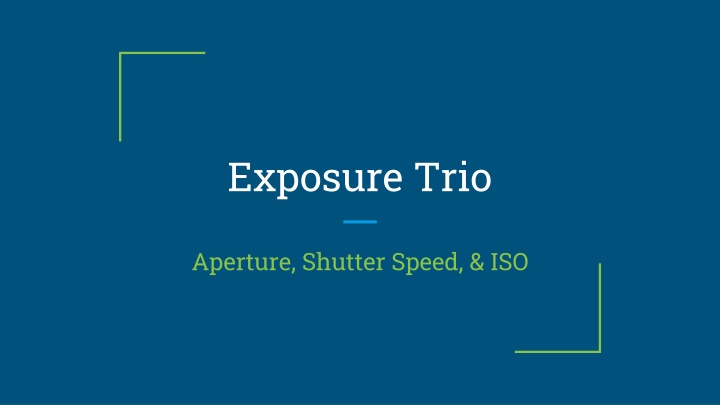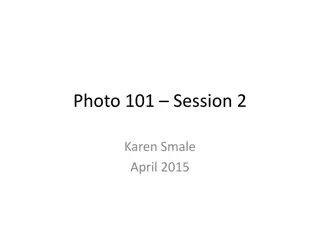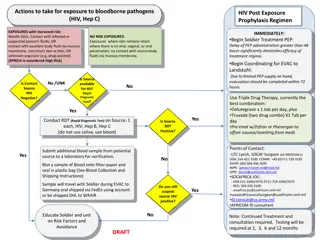Exposure Trio
Learn about the fundamentals of exposure in photography, including the key components - Aperture, Shutter Speed, and ISO. Discover how these factors impact the amount of light captured in your images and how to control exposure effectively for stunning photographs.
Download Presentation

Please find below an Image/Link to download the presentation.
The content on the website is provided AS IS for your information and personal use only. It may not be sold, licensed, or shared on other websites without obtaining consent from the author.If you encounter any issues during the download, it is possible that the publisher has removed the file from their server.
You are allowed to download the files provided on this website for personal or commercial use, subject to the condition that they are used lawfully. All files are the property of their respective owners.
The content on the website is provided AS IS for your information and personal use only. It may not be sold, licensed, or shared on other websites without obtaining consent from the author.
E N D
Presentation Transcript
Exposure Trio Aperture, Shutter Speed, & ISO
What is Exposure? The amount of light, and act of light, falling onto a photosensitive material. (either the SD card or film)
How Do You Control Exposure? There are three factors that control the exposure of your image: Aperture Shutter Speed ISO
Aperture An aperture is defined as a hole or opening through which light is admitted. Inside the camera lens is a system of blades which open and close to increase or decrease the opening through which light passes into the camera. Similar to the human eye.
Aperture Often referred to as an f-stop, aperture is usually represented by: f/1.8, or f/5.6 A Smaller # means a wider opening and is referred to as a larger value (ex: A large aperture of f/2, a small aperture of f/22) The wider the lens is open (larger aperture value), the more light gets in (you can use faster shutter speeds)
Shutter Speed Indicates how long the shutter curtain is open, exposing the image sensor to light. How long the camera sees the picture. Measured in fractions of a second. (indicates shutter speed) down to 1/8000 Each shutter speed represents a stop of light.
Shutter Speed Fast shutter speeds will freeze the image. (1/250 and faster) Slower shutter speeds will document traces of movement with a blur effect. (1/15 or slower)
ISO Refers to the light sensitivity of the sensor HIGH ISO value means the sensor will be MORE sensitive to light, meaning it will take LESS LIGHT to get the right exposure. ISO (international standards organization) rated each film stock according to light sensitivity.
ISO Typically ranges from 100-1600 Newer Digital cameras have a higher range (up to 64000) Higher the ISO the less light is needed to create an image. Using High ISO values causes the sensor to produce much more heat, which creates digital noise in images.
ISO Analogy If my camera is set for ISO 100, imagine I have 100 worker bees whose job is to go out a gather light and bring it back to the lens to create the image. If I change my settings to ISO 200 I now have 200 bees gathering the light which will increase the amount of light coming into the lens.
Image Exposure Formula Aperture + Shutter Speed = Quantity of light available to expose the image ISO determines how much the image sensor reacts to the light and therefore, how much light you need to expose the image.
Remember... One highly practical advantage to digital photography is that it costs next to nothing to experiment with the camera s controls, so go out there and shoot away.
Practice!!! You want to become increasingly proficient with all three elements of the exposure trio, so that you can make adjustments on the fly and know exactly what the resulting effect is going to be. The more you use it the better you will get!























